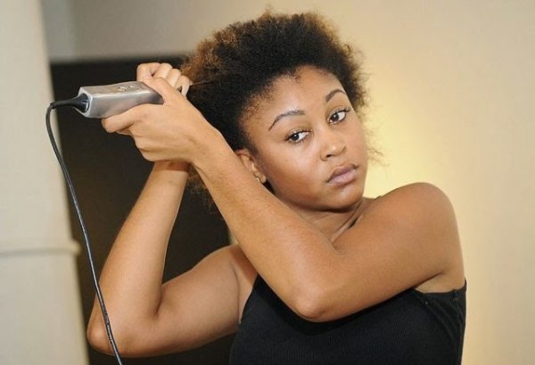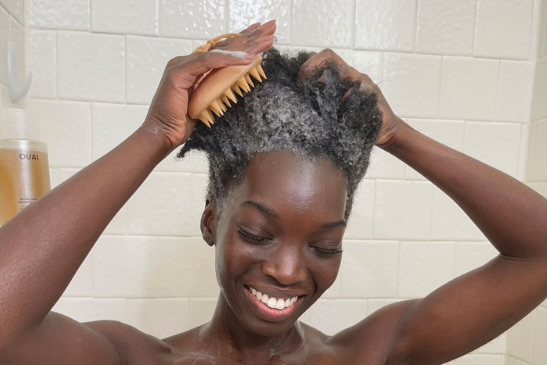Transitioning from relaxed to natural hair can be an empowering journey, allowing you to embrace your natural curls and unique texture.
However, this transition requires patience, consistency, and the right approach.
Whether you’re going for a gradual transition or planning to eventually do the “big chop,” here are essential tips to make the process smoother.
1. Start with a healthy trim
One of the first steps in transitioning is trimming the relaxed ends. You don’t have to cut everything at once if you’re not ready for the big chop, but gradually trimming the ends as new growth comes in will help prevent breakage and split ends. Aim to trim your hair every 6-8 weeks, removing damaged or relaxed ends to allow your natural hair texture to flourish.
2. Focus on moisture
Natural hair tends to be drier than relaxed hair because the coils and curls make it harder for natural oils to travel down the strands. Maintaining moisture is key to reducing breakage and encouraging healthy growth. Use a hydrating shampoo, a rich conditioner, and leave-in treatments that target dryness. Incorporate a deep conditioning routine every week or two to strengthen and soften your new growth. Look for products with natural ingredients like shea butter, aloe vera, and coconut oil to enhance moisture retention.
3. Protective styling is your friend
Transitioning hair is more fragile due to the two different textures, which can lead to tangling and breakage if not handled properly. Protective styles, such as braids, twists, buns, and wigs, help reduce daily manipulation and keep the ends of your hair protected. Avoid tight styles that pull at the scalp, as they can lead to traction alopecia. Opt for styles that require low manipulation and limit heat styling to prevent further damage.
4. Gentle detangling
Detangling transitioning hair can be challenging, as the relaxed ends and natural roots have different needs. Use a wide-tooth comb or detangling brush on damp, conditioned hair to minimize breakage. Apply a leave-in conditioner or detangling spray to help ease knots and tangles. Always start detangling from the ends and work your way up to avoid putting excessive stress on your roots.
5. Be patient and embrace the process
Transitioning to natural hair is a journey, and results won’t come overnight. Hair growth varies from person to person, and adjusting to the new texture can take time. Embrace each stage of the journey and celebrate small wins. Joining online communities or following natural hair influencers can offer support and keep you motivated as you learn to care for your natural hair.
Conclusion
Transitioning from relaxed to natural hair is a rewarding experience that allows you to rediscover your hair’s natural beauty.
By trimming regularly, keeping your hair moisturized, protecting your strands, detangling gently, and embracing patience, you can make the process much smoother.
Remember, the journey is just as beautiful as the destination—nurture your hair, and enjoy watching it thrive in its natural state.





